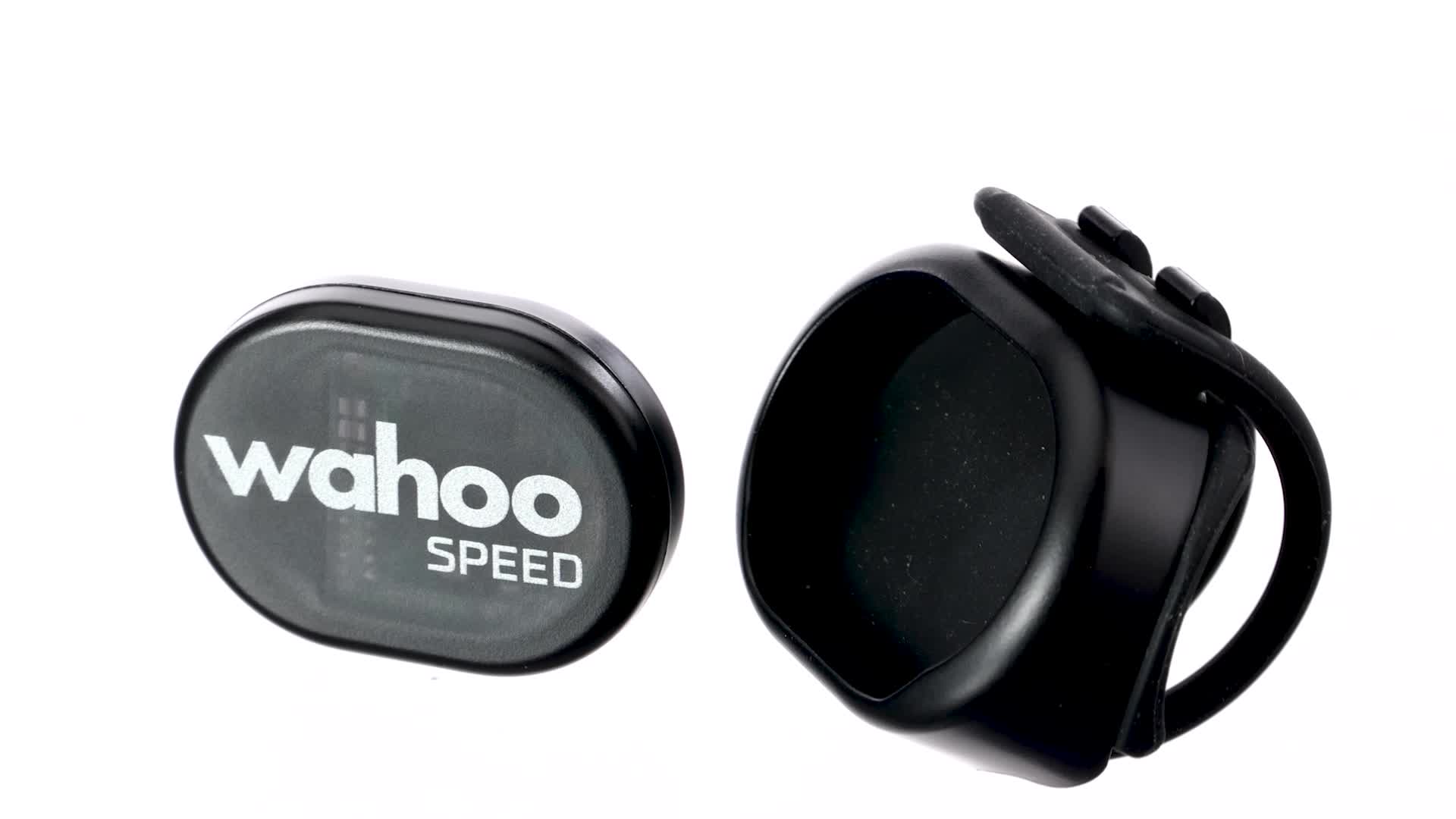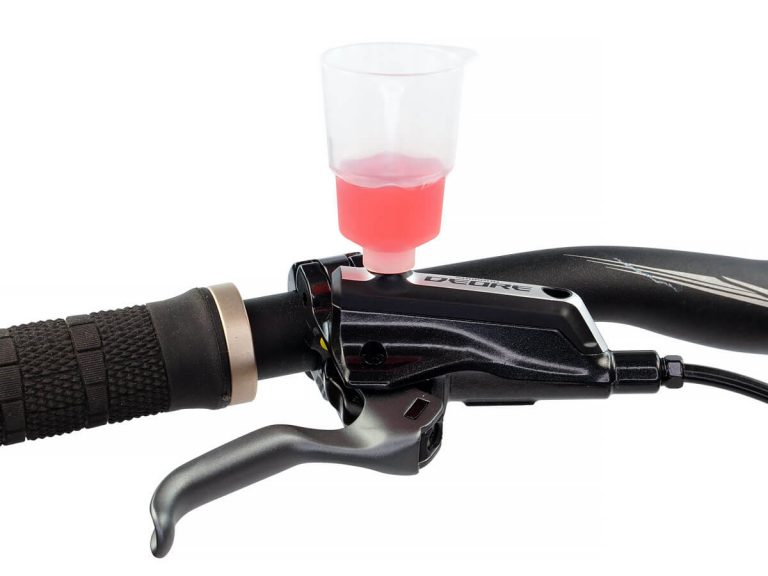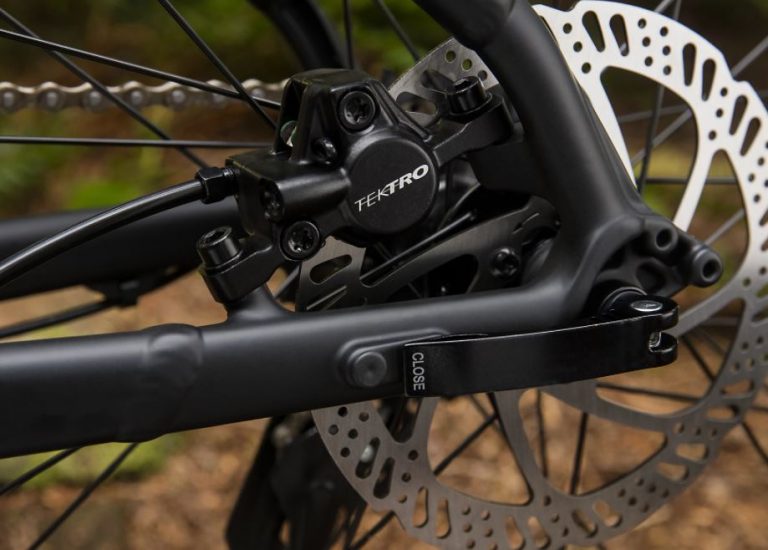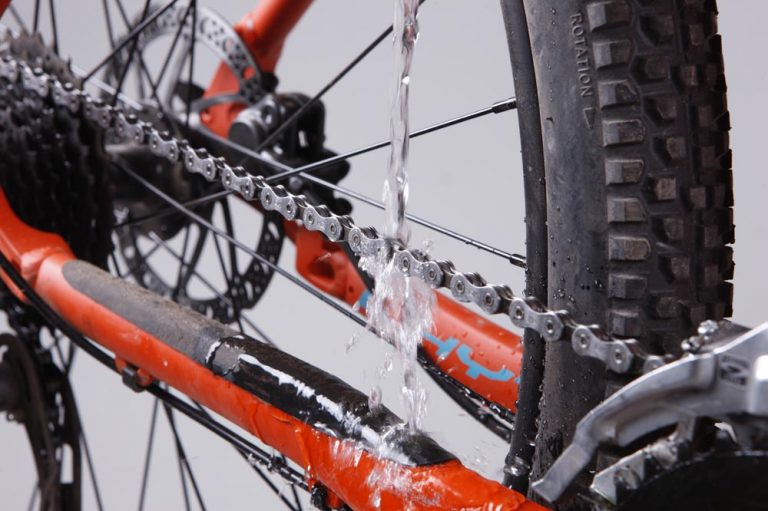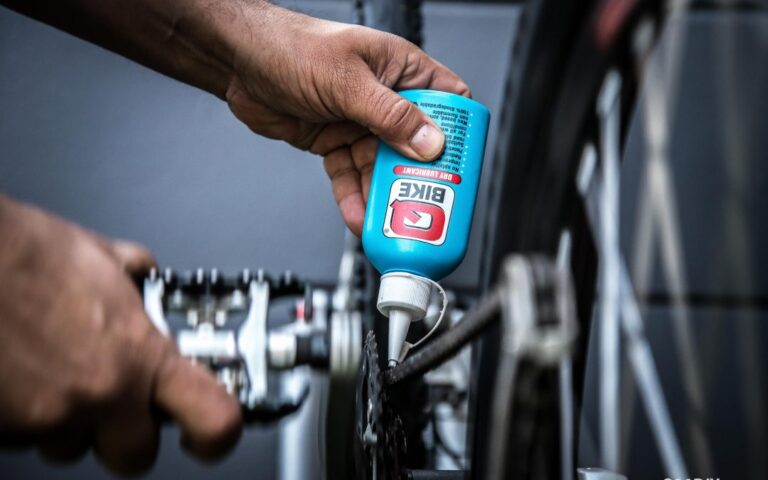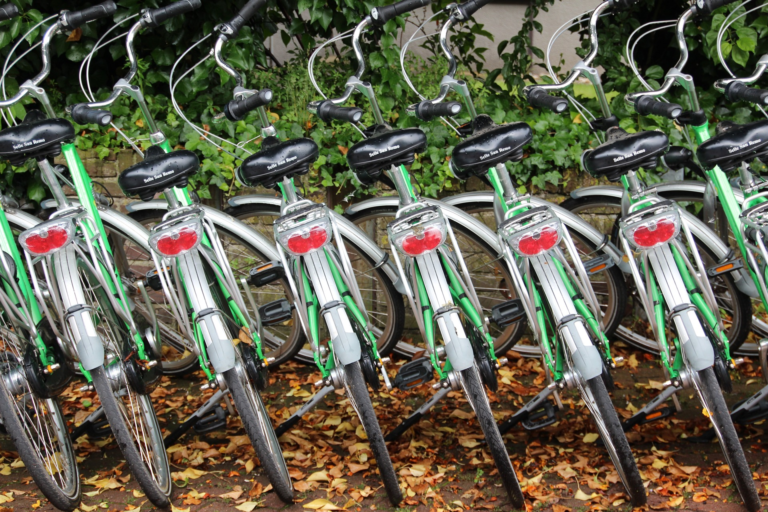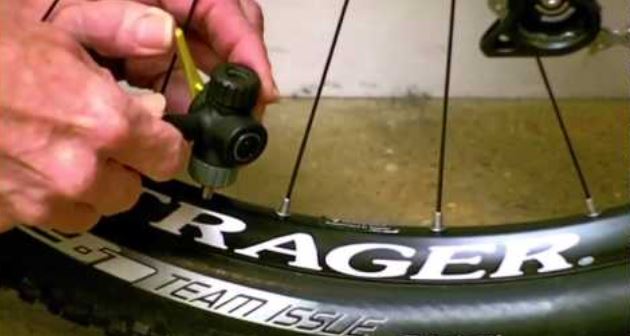Where & How To Put Wahoo Speed Sensor On Spin Bike
Imagine the thrill of pedaling at full speed, your heart pounding in rhythm with every rotation, only to realize you have no idea how fast you're actually going. Frustrating, isn't it? Don't worry; we've got a quick fix for you – the Wahoo Speed Sensor on your spin bike. This little gadget will track your speed and distance like magic, giving you complete control over your workout intensity.
Before you jump right into installing it though, there's an art to getting it just right. You need to understand where exactly to place it on your spin bike for optimal results. In this article, we'll guide you through the process step by step. Whether you're a seasoned cyclist or just starting out on a fitness journey, our detailed instructions will ensure that setting up your sensor is as smooth as riding downhill on a sunny day!
So gear up and let's get started – freedom awaits!
Key Takeaways
- The Wahoo speed sensor should be placed on the hub of the rear wheel for accurate data.
- Proper sensor placement is crucial for optimizing workout intensity and achieving fitness goals.
- Regular maintenance, including sensor cleaning and battery replacement, is necessary to ensure the sensor's accuracy and longevity.
- Using Wahoo's app for calibration instructions and avoiding common mistakes in sensor placement and calibration will result in enhanced cycling experience.
Overview of Wahoo Speed Sensor
The Wahoo Speed Sensor is a fantastic gadget that's designed to wirelessly track and measure your cycling speed, providing accurate data for your training sessions.
This compact device conveniently attaches to the hub of either wheel on your bike, allowing you to monitor your progress no matter whether you're hitting the road or spinning indoors.
One major highlight among its sensor features is its ability to offer real-time speed data. You won't have to guesstimate how fast or slow you're going anymore; this little powerhouse does it all for you.
Additionally, it also works seamlessly in any weather condition, making it an ideal companion for all-season cyclists.
Another advantage of this tool is its vast device compatibility. It can effortlessly connect with smartphones, GPS bike computers, and even sports watches via Bluetooth and ANT+ technology. This means that whatever tech gear you prefer using during your workout sessions – be it Apple, Android or Garmin devices – the Wahoo Speed Sensor has got you covered.
So empower yourself with this nifty piece of technology. With every pedal stroke counted accurately and every ride tracked precisely by the Wahoo Speed Sensor, embrace the freedom of improving on each spin session without restrictions.
Preparing Your Spin Bike
Before you embark on your thrilling journey of digital cycling, it's crucial to prime your trusty steed for the upcoming adventure.
Bike customization is essential here. You want to ensure that your spin bike is set up optimally for a comfortable and efficient ride. Adjust the saddle height, handlebar position, and pedals according to your comfort levels. Remember, comfort and efficiency should be balanced – an uncomfortable riding position could hamper your performance.
Next, check sensor compatibility with your spin bike model. Some bikes may already have built-in sensors while others might not support external ones like the Wahoo speed sensor without some modifications. A quick internet search or consulting with the manufacturer can provide this information.
Once you've optimized your bike settings and ensured sensor compatibility, clean any grime or dust off from the area where you'll attach the sensor – usually in proximity to the wheel hub or crank arm depending on whether it's a speed or cadence sensor respectively. This ensures a secure attachment and accurate readings when you're blazing through those virtual tracks.
So get ready, because once these preparations are done, it's time to mount that Wahoo speed sensor and free yourself on those digital trails!
Installation Process
Ready to roll? Let's dive right into the installation process to make sure you're all set for your virtual ride.
The first step is checking your spin bike compatibility with the Wahoo speed sensor. Not every model might be compatible, so it's crucial to verify this before moving forward.
Here's what you need to do for an effective sensor positioning:
- Identify an appropriate spot on your bike where the device can be securely attached. This is typically on the rear wheel hub because it provides a consistent rotation point.
- Make sure that there aren't any obstructions between the sensor and the wheel. Any obstruction could interfere with accurate data transmission.
- Attach the sensor as firmly as possible without damaging any parts of your bike or the device itself.
- Lastly, ensure that it's in direct contact with a rotating part of your wheel for optimal readings.
Remember not to compromise safety when installing sensors; they shouldn't obstruct pedaling or create discomfort during your workouts. With proper placement, you'll get accurate speed readings which will guide you towards achieving those freedom-loving fitness goals without leaving home. Enjoy every virtual ride!
Testing the Sensor
Now that you've installed your Wahoo speed sensor on your spin bike, it's crucial to ensure that it's providing accurate readings.
This process involves testing and calibrating the sensor, which helps optimize its performance for precise data collection.
If you encounter any issues along the way, don't worry – we'll also cover common troubleshooting steps to help you quickly get back up and spinning.
Ensuring Accurate Readings
It's essential to position your Wahoo speed sensor correctly on your spin bike to ensure the most accurate readings. Calibration insights and minor sensor adjustments can significantly influence the precision of your cycling stats.
| Calibration Insights | Sensor Adjustment |
|---|---|
| Routine calibration is vital for consistent accuracy. Ride a known distance regularly, then adjust if necessary. | Positioning matters. The sensor should be mounted on the rear wheel hub, facing towards the inside of the bike. |
| Ensure no obstruction between the sensor and device it's paired with (like a smartwatch). This might disrupt signal transmission. | Check for loose or shaky fixtures. A firmly attached sensor provides more stable readings. |
Remember, freedom lies in being bold – feel empowered in taking these steps to optimize your riding data accuracy!
Troubleshooting Common Issues
Sometimes, despite your best efforts, things don't go as planned – let's delve into troubleshooting common issues you might encounter with your Wahoo speed sensor on a spin bike.
- Sensor Compatibility: Ensure the Wahoo Speed Sensor is compatible with your spin bike model. Not all sensors work with all bikes and incorrect pairing can lead to inaccurate readings.
- Connectivity Issues: If your sensor isn't connecting to the device it should be paired with, try restarting both devices or check for any possible interference from other electronic devices nearby.
- Calibration Problems: If the speed readings are consistently off, recalibrate the sensor according to manufacturer instructions.
Approach these issues objectively and knowledgeably; ensure you're free of technical hitches through proper troubleshooting and enjoy a fulfilling biking experience.
Maintenance of Your Sensor
Keeping your Wahoo speed sensor in tip-top shape shouldn't be a dreaded chore, but rather an act of care that ensures you keep enjoying those adrenaline-pumping spin sessions. Regular maintenance includes two main tasks: Sensor Cleaning and Battery Replacement.
For Sensor Cleaning, wipe the device gently using a soft cloth to remove any dust or sweat residue. For more stubborn dirt, consider using a mild soap solution.
Battery Replacement requires caution. Check the user manual for specific instructions on how to replace the battery safely without damaging your sensor.
Here's a quick overview:
| Maintenance Task | Frequency |
|---|---|
| Sensor Cleaning | After every 2-3 workouts |
| Battery Replacement | Once per year |
When performing these tasks regularly, you're ensuring the longevity and accuracy of your Wahoo speed sensor.
Remember that keeping this small yet critical piece of equipment in good condition plays a significant role in the quality of your spin bike workout sessions. Your commitment to its upkeep not only enhances its performance but also promotes efficiency and reliability during each ride – allowing you to focus solely on achieving your fitness goals.
Optimising Your Workouts
To truly get your heart pumping and muscles working, optimizing your workouts is as essential as maintaining your gear. The placement of your Wahoo speed sensor can significantly influence the effectiveness of your workouts on the spin bike.
- Workout Intensity: Positioning the sensor correctly allows it to accurately record your speed and distance. This data helps you push yourself harder, intensifying your workout.
- Heart Rate Monitoring: When paired with a compatible heart rate monitor, the Wahoo sensor provides valuable insight into how hard you're working. It's important to understand that optimal heart rates vary depending on fitness level and age.
- Progress Tracking: Over time, by keeping an eye on these metrics, you can see improvements in real-time which acts as a motivational booster.
Remember, freedom in exercising comes from not being tied down by guesswork or assumptions about performance – you have the facts at hand! So go ahead, optimize that spin bike workout with knowledge and precision thanks to those nifty little sensors strategically placed on your bike. Keep exploring new ways to challenge yourself while enjoying every step of this fitness journey.
Additional Tips and Tricks
To get the most out of your Wahoo speed sensor, it's crucial to understand how to maximize its efficiency and avoid common mistakes. You're not alone if you've been wondering how to enhance your workouts with this device.
In the following discussion, we'll explore detailed tips and tricks that can help you leverage your sensor's full potential while sidestepping pitfalls many users encounter.
Maximising Sensor Efficiency
Mounting your Wahoo speed sensor on the spin bike's wheel hub will significantly boost its efficiency, translating every pedal stroke into precise speed data. Proper sensor positioning greatly influences the accuracy of your workout metrics.
- Location: Place the sensor close to the rim for optimal signal transmission.
- Mounting Angle: A correct mounting angle ensures an uninterrupted line of sight between the sensor and receiver.
- Avoid Interference: Keep other electronic devices away from your setup as they can interfere with signal transmission.
- Regular Maintenance: Clean and check the sensor regularly for any damage or misalignment.
By considering these efficiency factors, you'll ensure that your Wahoo speed sensor is functioning at peak performance, providing you with accurate and reliable data, thereby enhancing your freedom to track and improve your fitness journey.
Avoiding Common Mistakes
Don't let common slip-ups derail your fitness goals! It's crucial to avoid frequent mistakes like sensor placement errors and calibration mishaps when setting up your Wahoo speed sensor on a spin bike.
| Common Mistakes | Solutions |
|---|---|
| Sensor Placement Errors | Ensure the sensor is placed on the hub of the rear wheel for accurate data. |
| Calibration Mishaps | Use Wahoo's app for easy, step-by-step calibration instructions. |
Incorrectly positioning your sensor can lead to grossly inaccurate readings, undermining your training efforts. Likewise, neglecting proper calibration not only compromises precision but also affects the lifetime of your device. By avoiding these pitfalls, you'll enjoy an enhanced cycling experience free from unnecessary hiccups and setbacks in achieving your fitness objectives.
Frequently Asked Questions
How do I replace the batteries in my Wahoo Speed Sensor?
To replace your Wahoo speed sensor's batteries, first remove the old ones and dispose of them properly. Then insert new batteries, ensuring correct alignment. Remember to recalibrate your sensor for accurate readings post-replacement.
Can the Wahoo Speed Sensor be used on multiple spin bikes?
Yes, the Wahoo speed sensor's versatility allows you to use it on multiple spin bikes. Its device compatibility is broad, giving you the freedom to move it between bikes as needed. Just ensure correct installation each time.
How long does the Wahoo Speed Sensor typically last before needing replacement?
On average, your Wahoo speed sensor's durability should allow it to last around a year before needing replacement. However, this could vary based on usage frequency and care taken with the device.
Is there any specific software or app required to use the Wahoo Speed Sensor on a spin bike?
Yes, you'll need the Wahoo Fitness app for sensor calibration and app integration. The app allows you to pair with the speed sensor, calibrate it accurately and integrate your data seamlessly with other fitness apps.
What should I do if my Wahoo Speed Sensor is not syncing with my device?
Think of sensor troubleshooting as a detective game. If your wahoo speed sensor isn't syncing, check for connectivity issues. Ensure it's fully charged, close to the device and that Bluetooth is enabled and searching.
Conclusion
Well, who knew mounting a Wahoo Speed Sensor on your spin bike would be such an adventure? Now you're not only a fitness guru but also a tech whizz. Remember to maintain the sensor and optimize your workouts.
Keep experimenting with tips and tricks because, let's face it, you're now unstoppable! Enjoy every pedal stroke and keep striving for those personal bests. Happy spinning!

